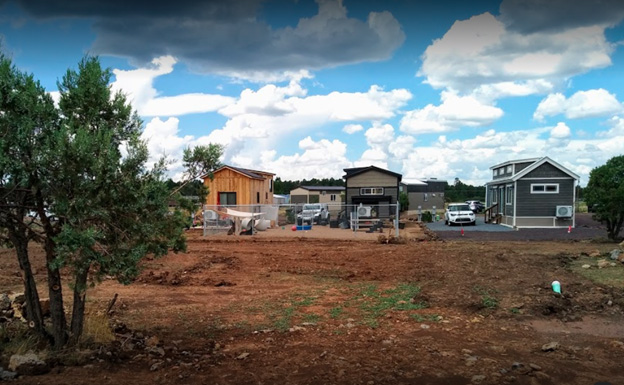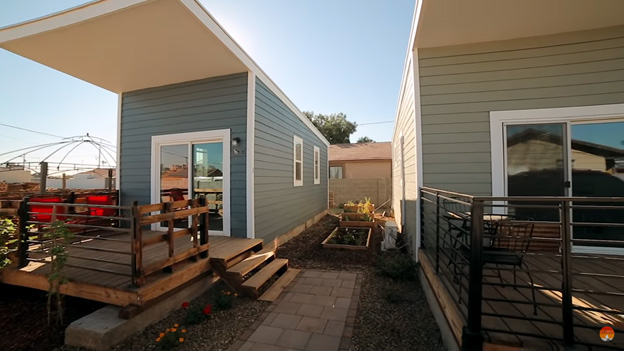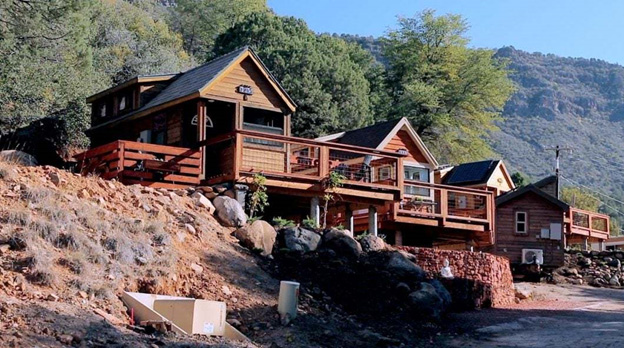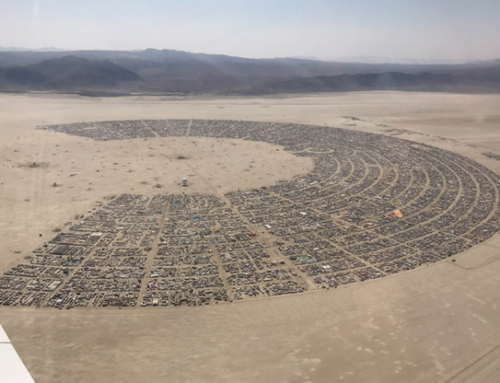Recently, we have seen a booming interest in tiny houses, less than 500 sq. ft. (46 m sq.). Along with that, are villages of tiny homes, addressing the demand for a fast-growing population and less gas emission. Environmental urgency is driving people to leave the big cities with all-inclusive activities to seek a retreat and minimalism in small communities of tiny homes. The North American trend of seeking spacious homes is changing to seeking the minimum. Interestingly, this phenomenon is popular in California, Arizona, and Colorado and is moving to many parts in Canada. Tiny House Villages are gaining ground in many other parts of the world like New Zealand.
The unaffordable, speculation driven housing prices are forcing people from homeowners to renters to the homeless. The Tiny House movement is diversified, encompassing all these groups.
Tiny home living has many draw backs. Building codes requiring minimum size and dependency on solar energy are a few. On the other hand, in my opinion, the advantages far outweigh the disadvantages. The benefits include passive clean energy; appealing architectural designs; moveability; and tiny home villages are ideally located for micro agri-businesses.
Special mention of some tiny house villages.

Lux Tiny Community on the White Mountains of Lakeview, Arizona, offers breath taking views and low-cost housing from $65K.

The Village on 13th, Phoenix, Arizona, are micro homes for Veterans

Tiny Camp Sedona, Arizona, offers sustainable living on a hillside. Most of these tiny houses purchase support and are built by a High School program – Construction Careers Academy in Texas.

https://www.zolo.ca/blog/tiny-house-communities-in-ontario
Across Canada, groups of people are now forming tiny house communities individually. Lake of the Woods Tiny Home Village in Keewatin, Ontario is an example of theses small scale villages, built on 50 acres of property near the Winnipeg River. The village includes 10 tiny homes as well as five hamlets. There’s also a common workshop and garden. Owners of these tiny homes live “off the grid,” grow their own food and generally live a more sustainable life.
In conclusion, tiny houses capture uniquely creative architectural designs which are more affordable with lower building costs. Modern tiny homes have the structure of large houses on a small scale. Function trumps size.
The need to be in and one with nature lends Tiny House Villages to be “stewards of the wilderness”.


